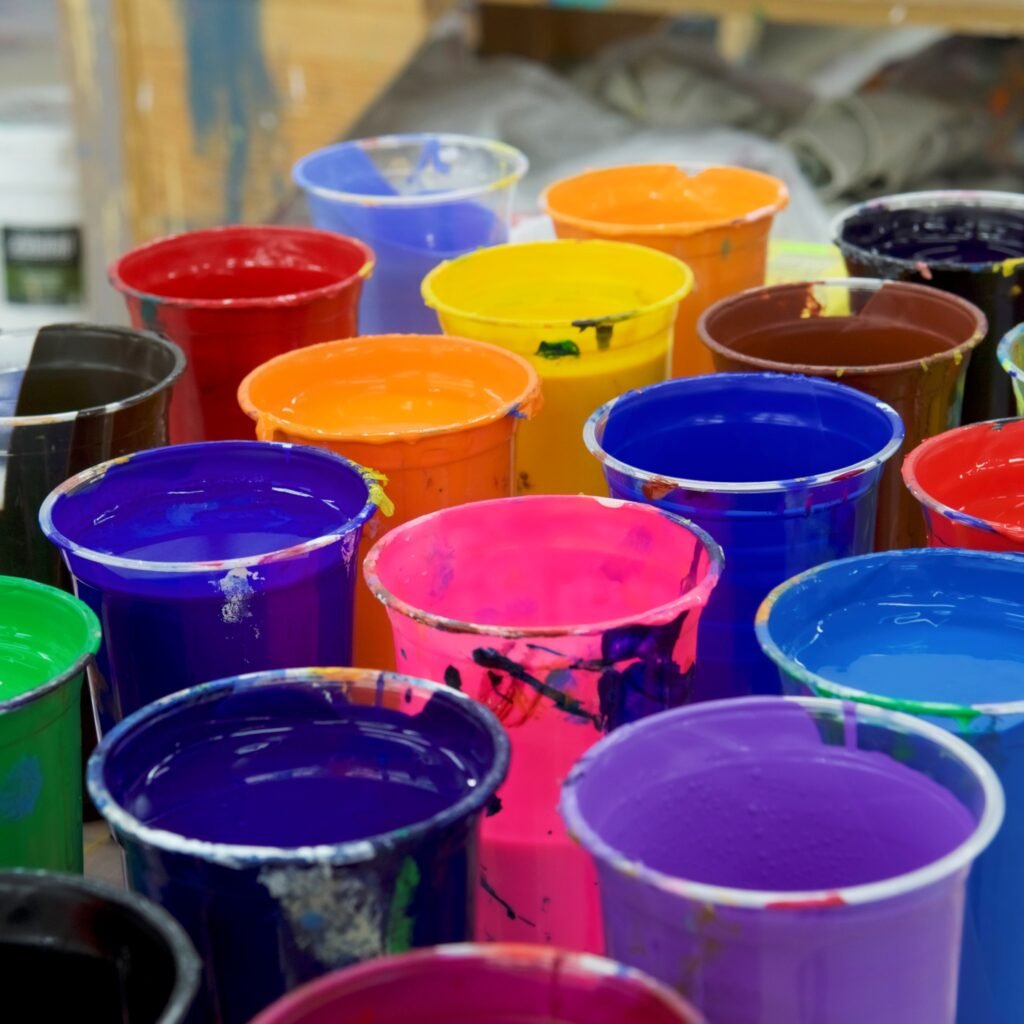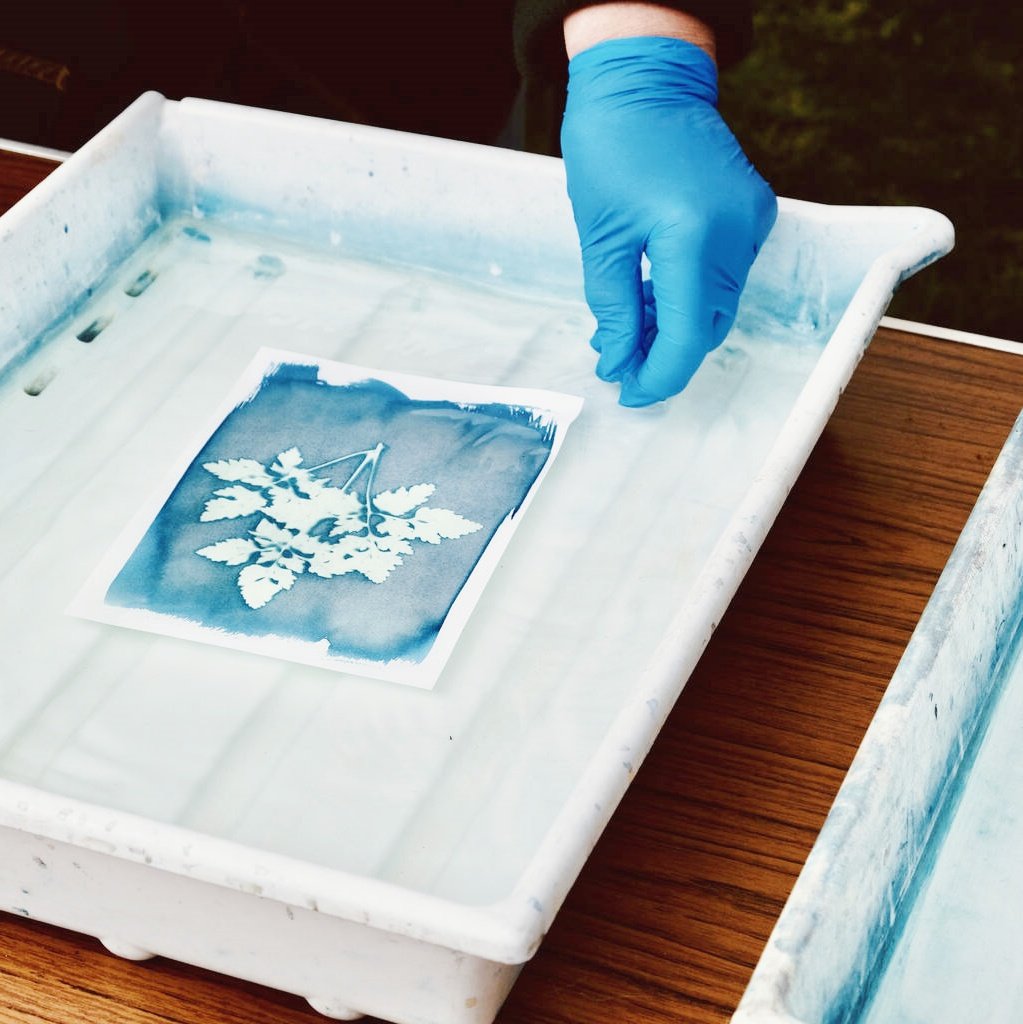Tervetuloa! Tässä oppaassa kerrotaan, miten erikoismusteet paranna tekstiilipainatusta asiantuntijanäkemyksillä Industry Experience Oy
Oletpa sitten aloittelija tai kokenut tulostin, käymme läpi uusimmat vaihtoehdot silkkipaino, ympäristöystävällisiä ratkaisuja ja edistyneitä tekniikoita.
Sisällysluettelo
1. Erikoismusteiden tyypit
Erikoismusteet tarjoavat ainutlaatuisia tekstuureja, viimeistelyjä ja kestävyyttä, ja ne ylittävät vakiovaihtoehdot. Keskeisimpiä kategorioita ovat:
A. Plastisoli-musteet
- Kestävä ja elinvoimainen, ihanteellinen vaatteille.
- Esimerkkejä:
- Erittäin vihreä plastisolimuste (ympäristöystävällinen)
- Extra musta plastisolimuste (korkea läpinäkyvyys)
- Puff Plastisol Ink (3D-tekstuuri)
B. Vesiohenteiset musteet
- Pehmeä tuntuma, ympäristöystävällinen.
- Alhaisemmat VOC-päästöt, erinomainen yksityiskohtaisiin suunnitteluihin.
C. UV-kovettuvat musteet
- Nopeasti kuivuva, toimii jäykillä alustoilla (lasi, metalli).
- Energiatehokas LED-kovetuksella.
D. Erikoistehostemusteet
- Metallinen viimeistelyHohtavia tuloksia.
- Pimeässä hohtavaTäydellinen uutuustuotteille.
- SublimaatiomusteetEloisat, väripohjaiset vedokset.
Nopea vertailutaulukko
| Musteen tyyppi | Paras | Keskeinen hyöty |
|---|---|---|
| Plastisoli | Vaatteet, kestävyys | Korkea peittävyys, pitkäkestoinen |
| Vesipohjainen | Ympäristöystävällisiä projekteja | Pehmeä tuntuma kädessä |
| UV-kovettuva | Kovat pinnat | Välitön kovettuminen |
| Puff/korkea tiheys | Teksturoituja malleja | 3D-efekti |
2. Silkkipainotekniikat
Hallitse nämä menetelmät virheettömiä tulosteita varten:
A. Asennus
- Mesh Count -valintaKorkeampi hienoille yksityiskohdille (~230 mesh), matalampi paksuille tulosteille (~110 mesh).
- Näytön emulsioKäytä Saati emulsiot tai Ulano emulsionpoistoaineet puhtaille näytöille.
B. Painatusprosessi
- Puristimen paine: Säädä tasaisen musteen levityksen varmistamiseksi.
- Flash-kovettuvaKuivaa kerrokset osittain ennen värien lisäämistä.
- Rekisteröinnin tarkkuusKohdista moniväriset kuviot tarkasti.
C. Vianmääritys
- Tukkeutuneet näytöt? Käyttää Näytön palautus tekniikoita.
- Muste ei tartu? Käytä Lautasliimat tai Plasmahoito.
3. Kestävä kehitys silkkipainossa
Ympäristöystävälliset käytännöt mullistavat alaa:
- Vesipohjaiset ja vähähaihtuvia orgaanisia musteitaVähennä haitallisia päästöjä.
- LED UV-kovettuva50% kuluttaa vähemmän energiaa kuin perinteiset järjestelmät.
- Jätteiden vähentäminenCTS-järjestelmät vähentävät mustehävikkiä 50%:llä.
Tiesitkö?
- 42% tulostimista käyttää nyt vesipohjaisia musteita (vuoden 2022 tiedot).
- UV-musteet kovettuvat 3 kertaa nopeampi kuin plastisolilla (2–5 sekuntia vs. 60–90 sekuntia).
4. Seripaino vs. DTG: Kumman valita?
| Tekijä | Silkkipainatus | Suoraan vaatteisiin (DTG) |
|---|---|---|
| Paras | Irtotilaukset, erikoistehosteet | Pienet erät, valokuvatulosteet |
| Kustannustehokkuus | Alhaisempi yksikköä kohden skaalattuna | Korkeampi pienille juoksuille |
| Mustevaihtoehdot | Plastisoli, pullistuma, metallinen | Vesipohjainen CMYK |
Hybridi-kärkiYhdistä molemmat kustannustehokkaiden ja korkealaatuisten sekajuoksujen saamiseksi.
5. Tulevaisuuden trendit
- Älykkäät musteetTermokromaattinen (lämmölle herkkä) ja fotokrominen (valolle reagoiva).
- Automaatio: M&R Challenger III painallukset lisäävät nopeutta.
- Johtavia musteitaPuettaville laitteille ja IoT-laitteille.
Key Takeaways
- Sovita mustetyyppi projektin tarpeisiin (esim. plastisol kestävyyden vuoksi, vesiohenteinen pehmeyden vuoksi).
- Priorisoi kestävää kehitystä LED-kovetuksella ja jätteen vähentämistekniikalla.
- Hybridityönkulut optimoida kustannuksia ja laatua.
Syvempään perehtymiseen tutustu oppaisiimme:
- Silkkipainon perusteet
- Ympäristöystävälliset musteet


